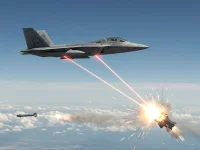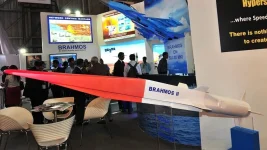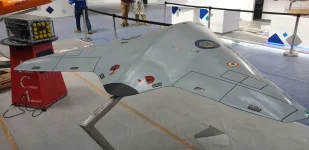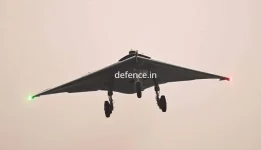- Views: 4K
- Replies: 3
India's Defence Research and Development Organisation (DRDO) is actively developing a new, highly advanced air defence system known as Project Kusha.
This indigenous system is being engineered as a long-range surface-to-air missile (SAM) network capable of countering a wide range of aerial threats.
The primary goal of Project Kusha is to detect and destroy sophisticated targets, including stealth aircraft, drones, cruise missiles, and particularly, Intermediate-Range Ballistic Missiles (IRBMs).
The system is being designed to intercept threats, such as those fired from 2,500-3,000 km away, that are travelling at re-entry speeds of up to 4 kilometers per second (approximately Mach 12).
Advanced Interception Capabilities
Recent simulations from Hyderabad's Research Centre Imarat (RCI) confirm the system's high-speed performance. The interceptor missiles themselves are designed to reach hypersonic speeds of Mach 5.5.Project Kusha will be able to engage targets at various distances:
- Short-Range: At 120 km, it can rapidly engage low-flying or stealthy targets.
- Long-Range: At its maximum intercept range of 350 km, the missile can reach its target in about seven minutes.
It uses a powerful dual-pulse solid rocket motor, which allows the missile to adjust its course mid-flight to ensure a precise intercept.
'Hit-to-Kill' Technology for Modern Threats
A key feature of Project Kusha is its "hit-to-kill" capability, which is vital for neutralising modern ballistic missile threats in the region, such as China's DF-21D or Pakistan's Shaheen-II.Instead of relying on a conventional explosive warhead that detonates near the target, Project Kusha's interceptor is designed to collide directly with the incoming warhead at an apex altitude of 30 km.
To achieve this, the system deploys a specialized "kill vehicle" equipped with both radio-frequency (RF) and infrared (IR) seekers. This dual-seeker design allows it to lock onto targets in any weather and resist electronic jamming.
This technology, enhanced from the Akash-NG missile program, has reportedly demonstrated an 80-90% success rate in internal trials against manoeuvring targets.
A Multi-Layered Defence Network
While its anti-ballistic missile capabilities are critical, Project Kusha is also designed to be highly effective against "aerodynamic" targets. This category includes:- Stealth fighter jets
- Supersonic cruise missiles
- Hypersonic glide vehicles
It is designed to receive targeting data from radars like the Swordfish Long Range Tracking Radar and airborne platforms such as AWACS (Airborne Warning and Control System) aircraft.
Programme Details and Timeline
Project Kusha is a significant national initiative with an estimated value of ₹40,000 crore.The DRDO is leading its development in partnership with public-sector firm Bharat Electronics Limited (BEL) and private-sector companies like Solar Industries.
The complete system will field three types of interceptor missiles for a layered defence:
- M1: 150 km range
- M2: 250 km range
- M3: 350 km range
This project is a crucial step towards self-reliance, intended to significantly reduce India's dependency on foreign air defence systems like the S-400.
Senior Air Force officials have recently highlighted that robust defence against hypersonic threats is "existential" for national security, making Project Kusha a top-priority program for India.





